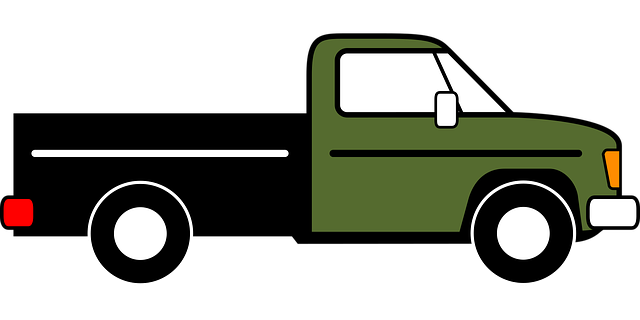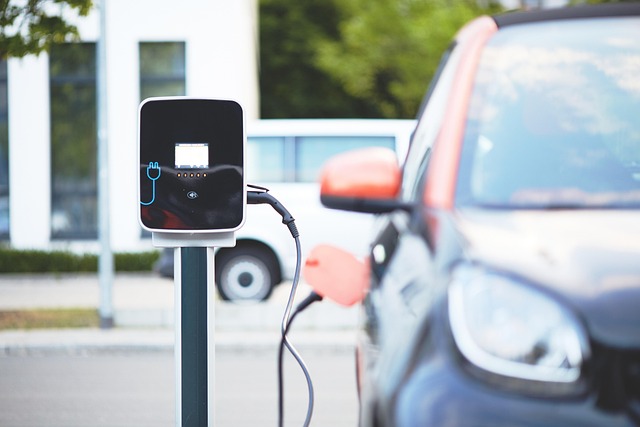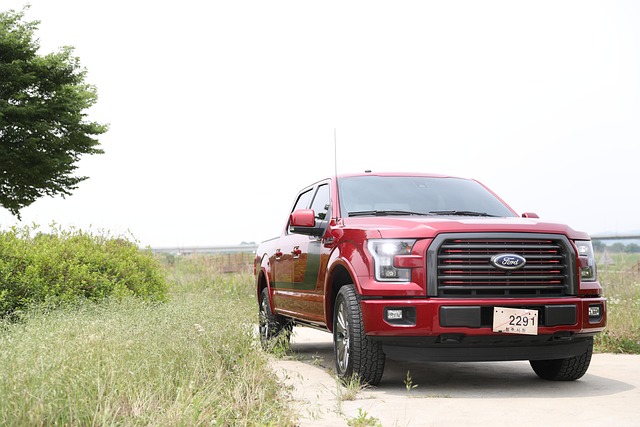“Unsure about how to register your car in California? This comprehensive guide breaks down the process step-by-step. First, understand the Vehicle Identification Number (VIN) verification process, crucial for ensuring vehicle authenticity. Next, gather essential documents required by the DMV. We’ll walk you through it! From paying registration fees to addressing common issues, this article is your one-stop resource, especially when dealing with VIN verifier procedures.”
- Understanding the Vehicle Identification Number (VIN) Verification Process in California
- Gathering Necessary Documents for Car Registration
- Step-by-Step Guide to Registering Your Vehicle with the DMV
- Paying the Registration Fees and Getting Your Plate
- Maintaining Your Car Registration and Handling Common Issues
Understanding the Vehicle Identification Number (VIN) Verification Process in California

In California, understanding the Vehicle Identification Number (VIN) verification process is crucial for a seamless car registration. VIN, a unique code imprinted on every vehicle, serves as a key identifier during inspection. The state requires this number to be accurate and legible, ensuring the vehicle’s history and authenticity can be traced. This verification step is an integral part of the registration process, preventing fraud and ensuring only legitimate vehicles are on the road.
California offers various methods for VIN verification, including traditional station-based inspections and innovative mobile vin verifier services. The latter, accessible through apps or online platforms, allows drivers to complete the inspection from the comfort of their location. This modern approach streamlines the process, especially for busy individuals with limited time, making car registration more convenient and efficient.
Gathering Necessary Documents for Car Registration

Before you begin the registration process, it’s crucial to gather all the essential documents required by the California Department of Motor Vehicles (DMV). One critical step is to verify your Vehicle Identification Number (VIN) using a reliable method such as a mobile VIN verifier or through a vin inspection. This ensures accuracy and helps prevent fraud.
In addition to the VIN verification, you’ll need basic paperwork like a valid driver’s license, proof of insurance, and a completed vehicle registration application. It’s also beneficial to have the purchase documents and any prior registration records on hand for a smoother process.
Step-by-Step Guide to Registering Your Vehicle with the DMV

Registering a car in California involves several steps, but with the right preparation, it can be a straightforward process. Here’s a step-by-step guide to navigating the DMV (Department of Motor Vehicles) registration process efficiently.
1. Gather Required Documents: Before heading to the DMV, ensure you have all essential documents. This typically includes your vehicle’s title, valid driver’s license or ID card, proof of insurance, and a completed Vehicle Registration Application form. For out-of-state vehicles, you might also need a smog certificate or an equivalent inspection, such as a vin inspection.
2. Verify Your VIN: The Vehicle Identification Number (VIN) is a unique code that identifies your vehicle. You can verify it using a mobile vin verifier or check the DMV’s website to ensure its authenticity. This step is crucial for accurate registration and ensuring your vehicle complies with California’s standards, including any required vin inspection. Once verified, this information will be used throughout the registration process.
Paying the Registration Fees and Getting Your Plate

After completing your vehicle’s registration application at the DMV or online, the next step is to pay the required fees. These fees cover various costs associated with registering your car in California, including administration and road usage charges. The amount will vary based on your vehicle type and emissions status. Make sure you have a valid payment method ready, as you won’t be able to proceed without settling these dues.
Once your payment is processed, you’ll receive your unique California license plate. This plate typically includes a combination of letters and numbers that identifies your vehicle. For added security and to prevent fraud, ensure the information on your plate matches your Vehicle Identification Number (VIN) records. If you haven’t already done so, consider getting a mobile VIN inspection or using an online VIN verifier to double-check these details before installing your new license plate.
Maintaining Your Car Registration and Handling Common Issues

Maintaining your car registration is crucial for both legal compliance and ensuring a smooth driving experience in California. After registering your vehicle, it’s important to stay on top of renewal deadlines, typically every two years. Failure to renew on time can result in penalties and additional fees. Regularly checking your registration status using the state’s official online platforms or even mobile VIN verification tools is a smart practice. These tools allow you to confirm that your vehicle’s registration is up-to-date and valid, especially when planning long trips or making insurance claims.
Handling common issues during registration can be easier with the right knowledge. If you encounter problems like an expired registration or a missing title, don’t panic. The California Department of Motor Vehicles (DMV) offers guidance and assistance for such scenarios, including options for mobile VIN inspection and verification to streamline the process. Keeping your vehicle’s records accurate and up-to-date is essential, ensuring that any issues are resolved promptly to avoid further complications.
Registering a car in California involves several key steps, from VIN verification using a reliable vin verifier to gathering essential documents. By following the step-by-step guide provided and ensuring all fees are paid, you can obtain your vehicle registration and license plate smoothly. Regular maintenance of your registration and addressing common issues promptly will ensure your driving experience remains hassle-free. Remember, proper documentation and timely renewals are crucial for a seamless process.



